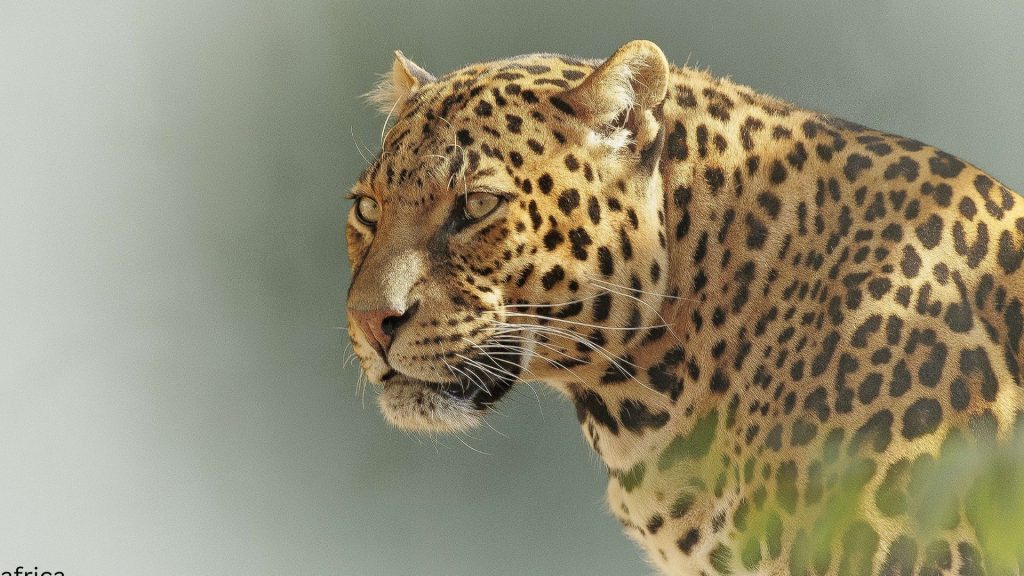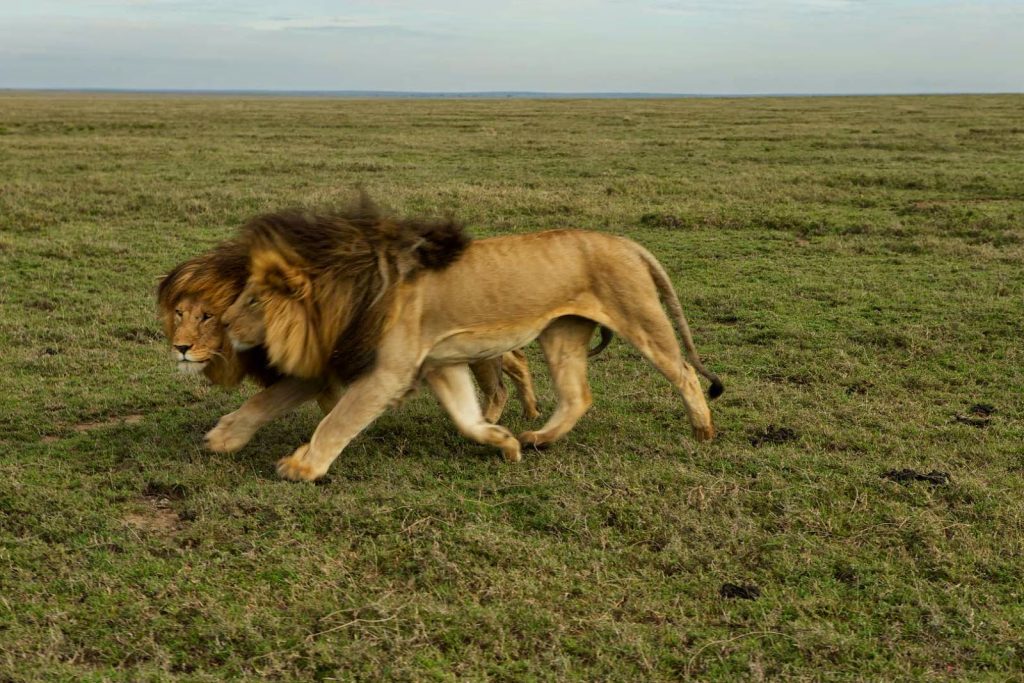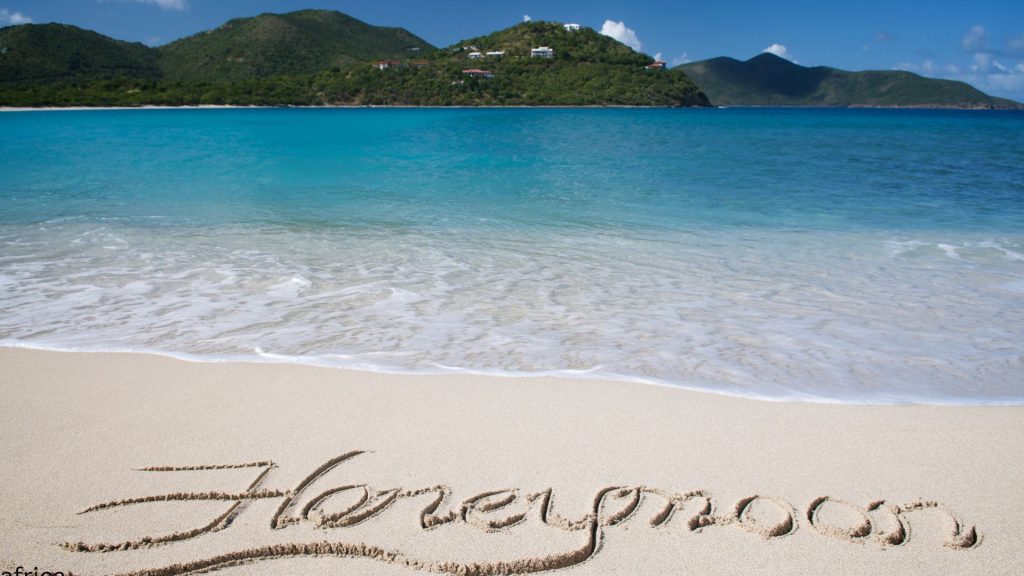Lake Manyara National Park is one of the smaller national parks in Tanzania, but it still offers beautiful landscapes and is home to an interesting collection of wildlife. The lake itself is a soda lake/alkaline lake and reaches a maximum depth of 3.7 m. The vegetation changes from groundwater forests to flood plains and finally to acacia wood plains.
Welcome to Lake Manyara National Park, which is well known for its tree-climbing lions, the soda ash lake that attracts thousands, pink flamingos, one of Tanzania’s biggest elephant populations, and breathtaking scenery! This travel guide offers you the most updated information about the attractions, Lake Manyara accommodation, getting there, and much more. Enjoy your safari in Tanzania!
Highlights:
For bird enthusiasts, this park is truly rewarding as it is home to over 400 species of birds. Other park inhabitants include elephants, buffaloes, hippos, baboons, waterbucks, impalas, giraffes, zebras, and wildebeests. The park has abundant leopards, but sightings are rare due to the thick vegetation. With some luck, visitors can glimpse the renowned “tree-climbing” lions.
Detailed information about the park:
Upon entering Lake Manyara National Park, visitors are greeted by a groundwater forest that boasts ancient mahogany trees, giant fig trees, and kapok trees. It is common to see crystal-clear water seeping directly out of the ground. This area is always lush green and is also home to the olive baboons who proudly call Manyara their home. Troops of up to 150 individuals joyfully playing and foraging around in the forest can be seen.
Elegant bushbucks can be seen grazing almost soundlessly. From time to time, the peace of the forest is disrupted by the trumpeting calls of the silvery-cheeked hornbills who enjoy perching on top of the giant trees.
As you continue, the groundwater forest transforms into a flash of greens and yellows, signaling the arrival of the acacia forest. Vervet monkeys, as well as the noisy red-billed hornbills, are common residents here. I must stop is the new hippo viewing deck from which visitors can gaze upon these large mammals going about their business. Waterbirds like blacksmith plovers, little egrets, and herons are just a few of the many birds to be seen here. Large herds of wildebeests, zebras, and buffaloes like to gather on the open flood plains from where they graze and can keep a lookout for approaching predators.
The acacia woodlands deeper in the park are famous for the renowned “tree-climbing lions.” These large cats have evolved over generations to add tree climbing to their daily activities.
The lake itself receives its water primarily from the Simba River in the north and the Makuyuni River in the east. However, the Rift Valley also provides much water, mainly during the rainy season. The groundwater forest also feeds the swamps that eventually flow into the lake.
When to Visit Lake Manyara National Park
Lake Manyara National Park is considered an all-year-round Tanzania safari destination; however, the dry season from June to October is considered the best time for game viewing.
At the base of the River Valley Escarpment is a small park, Lake Manyara National Park. Unlike the more Savanna-dominated parks, its groundwater forests offer a superior change of scenery. In the peak tourist season, the park’s northern section is very crowded, especially in the mornings, from June to October; however, in the months of March and April, the park experiences rains, making it the low tourist season.
From Arusha, a road safari takes you about 1 to 2 hours to get to the entrance gate. The entire road to the park is well surfaced, while the inner roads may require you to use a good 4-wheel drive vehicle. As you approach the northern park entrance, you will drive through Mto Wa Mbu town, where you can visit the local market. This town is home to several indigenous tribes who, since colonial times, have lived and traded here. These include the Maasai, Tatoga, Iraq, gorowa, and the Chagga people.
It is very easy to access this park throughout the year, but it is usually best to go during the dry season, from July to October, when the inner roads are dry and very passable.



